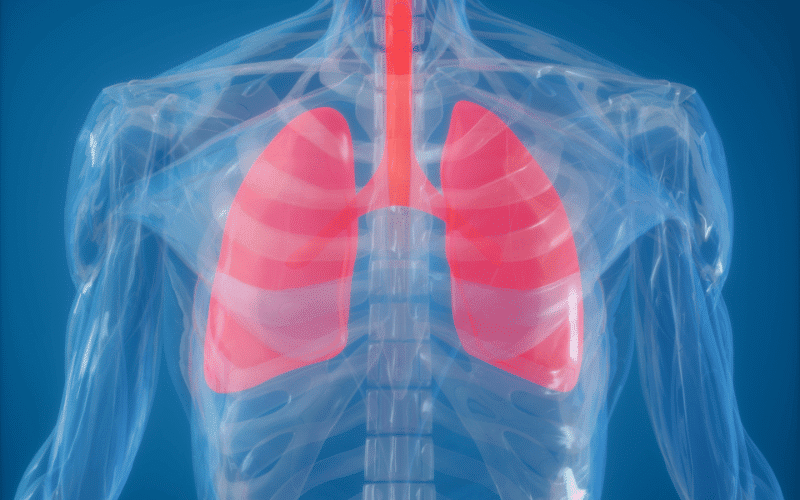Symptom 13: Lung Involvement – Breathing Under Duress

Lupus can affect the lungs in various ways, leading to symptoms that may include breathlessness, coughing, and chest pain. This is known as pulmonary involvement in lupus and can involve the pleura (the lining around the lungs), the lung tissue itself, or even the blood vessels in the lungs.
Pleuritis, or inflammation of the pleura, is one of the most common lung problems in lupus. This condition can cause sharp chest pain, particularly with deep breathing, and sometimes a dry cough. The lung tissue can also be directly affected, leading to pneumonitis, a condition that can cause fever, cough, and shortness of breath.
More rarely, lupus can affect the blood vessels in the lungs, leading to conditions such as pulmonary hypertension (high blood pressure in the lungs) and pulmonary embolism (blood clots in the lungs). These are serious conditions that can cause symptoms like shortness of breath, fainting, and chest pain.
Recognizing and treating lung involvement in lupus is crucial, as these conditions can significantly impact a person’s quality of life and overall health. Treatment typically involves medications to control the inflammation and manage the underlying lupus.
The potential for lung involvement in lupus serves as a reminder of the far-reaching and varied manifestations of this disease, emphasizing the importance of comprehensive care and regular monitoring. (13)